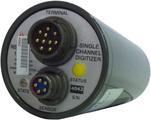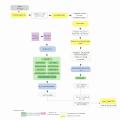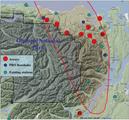
The RT125A, or texan, is a compact single channel datalogger with a self contained power supply (two D-cell batteries). Its primary application is for active source experiments.
When recording continuously at 100 sps, the battery life is approximately 120 hours. Higher sample rates will shorten the battery life and may fill up internal memory before the battery dies.
Features:
Single channel, 24 bit ADC
Physical size: 3.0" diameter, 7.7" length
Power source: two D-cell alkaline batteries
Sample rate: 25 to 1000 sps
Storage capacity: 256MB or 512MB





